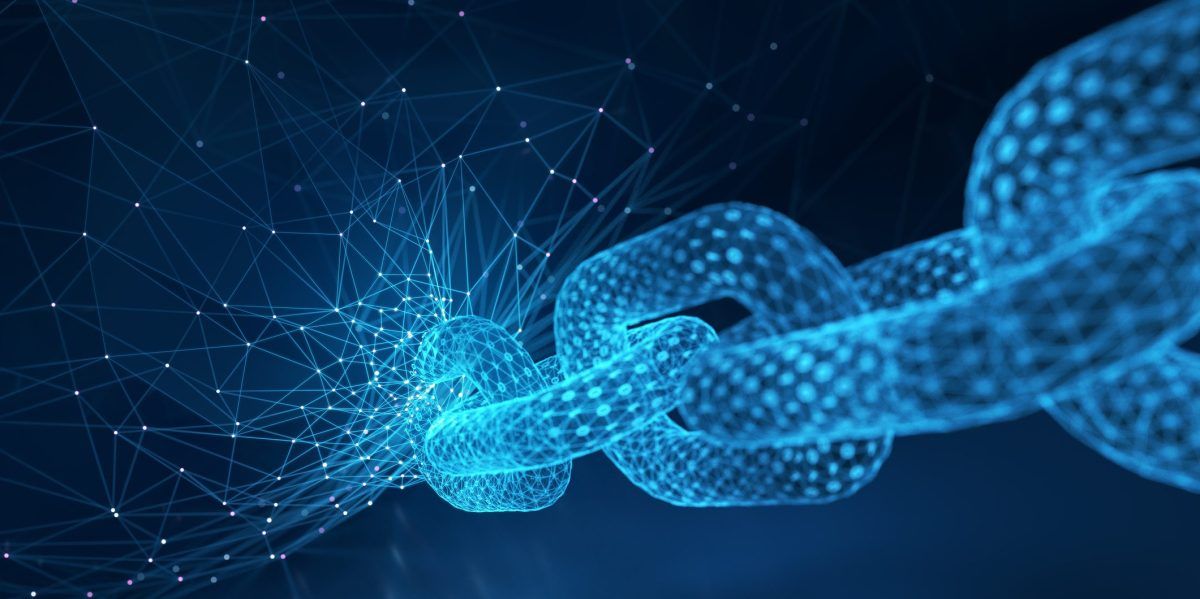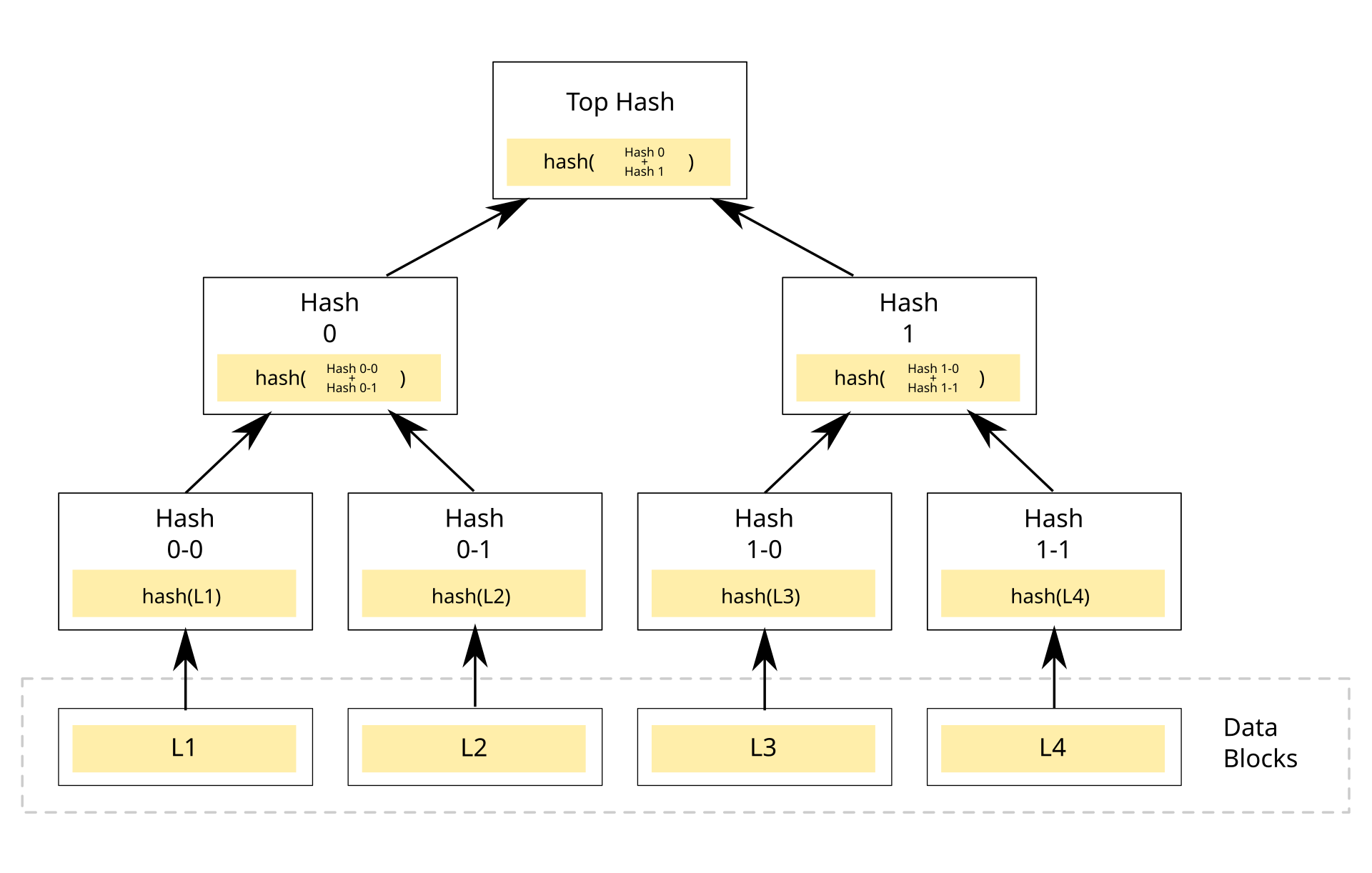How to make an NFT collection: A Primer
The NFT industry surpassed $41 billion in market size in 2021, with $10-20 million being transacted every week. Here’s everything you need to know when building an NFT collection.

The NFT industry surpassed $41 billion in market size in 2021, with $10-20 million being transacted every week. Here’s how people are doing it:
TLDR 🧐
Successful NFT Collections usually have the following properties:
- Designs: what the user sees.
- Smart contracts: how the NFT is registered on the blockchain.
- Marketing: the campaign needed to sell out the project.
- Utility [Optional]: the value the NFT provides beyond the art.
Let’s dive deeper.
1. Designs 🎨
The digital art brought on by NFTs is what first drew in mass attention. Designs are a crucial part of the project because they are what the user sees they’re buying; they’re the intersection between art and technology.
-- Here’s the different types of media used by NFT collections:
a) Art
Crafted either by individuals or a group of artists, these typically include:
b) Generative Art Algorithm
Using layers and rules designed by the artist, engineers build an algorithm that generates a specific amount of NFTs (the Surge Passport NFT is a great example of this).
c) Music
Songs or audio files could be packed in as NFTs so the holder owns a percentage of the song. That way, the owner of the NFT earns royalties every time the song is played (Decent is doing a cool job at this).
2. Smart contracts 👩🏾⚖️
Once the design is set, the smart contracts provide the backbone of the project. They establish what can or can’t be done with each of the NFTs on the blockchain.
-- Here there are different ways to create smart contracts, ordered from least to most complex:
a) Marketplaces
Just by uploading the art to places like OpenSea, these marketplaces create the smart contracts for you to determine transfer and ownership of the piece so it is registered in the blockchain.
Creating an NFT Collection here is easy and free, but these marketplaces often charge a commission every time an NFT is sold.
b) NoCode
If you want to have a more advanced contract with more functionality but still don’t want to code it yourself, no-code tools are your best friends.
Having that said, prices on royalties will vary from platform to platform. A good example is thirdweb.
c) Code from scratch
Depending on the blockchain, you can use different languages to code your own smart contracts (i.e. Ethereum: Solidity, Solana: Rust, Bitcoin: Stacks, etc).
This is often costly and time intensive, so I would consider 3 factors when deciding which approach to take: complexity, benefits, and price.
Complexity
Developing any software project is difficult, but blockchain development in particular is still a very modern technology - which means there really isn't that much information out there. Here are some challenges to consider:
- When a smart contract is deployed to production it is immutable and anyone can see the details of the source code. This makes them particularly vulnerable to hacking, so projects often look for auditing before publishing. This can be expensive and timely.
- Technology is still so new, there simply aren't that many blockchain engineers in the world, so it is generally difficult to hire talent and they are highly sought after.
- Besides the development of the smart contracts themselves, it is generally recommended to develop a “minting site”, where users buy the NFTs in primary sales. From then on the project will exist in marketplaces like OpenSea, MagicEden, etc. The “minting site” is usually developed from scratch as well because it needs to call on the smart contracts directly. A robust infrastructure is necessary to guarantee the spike in visits and transactions once the sales begin. This increases the breadth of knowledge engineers must have.
Price
The salary of a blockchain engineer can be very high, depending mostly on seniority, experience, and where the person lives.
Here’s an article about hiring engineers which could be useful.
Benefits
Having that said, creating the smart contracts gives us a lot of freedom that we can leverage to build projects at the bleeding edge of innovation.
For example, people are building games around NFTs or adding lending protocols to these tokens to increase the accessibility of a token's perks.
A good smart contract can also support low gas fees, which can increase sales, as well as allow for owners to run fun functions on it. It all really depends on your budget, dreams, and intended audience.
3. Marketing 📱
A key component of any NFT Collection launch, marketing efforts are often disregarded by projects and usually varies a lot depending on expectations and objectives.
For ex, if the objective of the NFT sale is to get funding for an organization's projects, it needs heavy marketing in order to get good sales. There are already a lot of NFT projects in the market, so the campaign needs to be strategic to gauge collector’s interest in the project.
However, if the objective is for the NFT to act as a certifying educational degree, then marketing is not likely as important.
-- In that sense, some patterns I've seen work:
- Constructing a powerful narrative is a very strong indicator of a successful drop, independently of how it was generated or how “beautiful” the art is.
- Talking to the Web3 community is very different from selling something to the Web2 audience. Therefore, the marketing campaign works differently.
- It takes time to build an organic, genuine community who ideally become the best advocates for what you're building. No secret sauce beyond building in the open as much as possible, collaborating on initiatives with community members, being responsive, respectful, honest, and highly active.
- It is important to be transparent about the roadmap of the organization, outlining the long term objectives and projects, which can sometimes be difficult to know in advance because of so much uncertainty. The clearer the roadmap, the easier it'll be to craft the narrative and grow the community.
Having that said, a good marketing strategy and execution usually yields high rewards. For example, algorithm-generated projects can sell up to 10k NFTs. An average price of $250 per NFT can generate up to 2.5M in primary sales for the team.
Additionally, a consistent marketing campaign guarantees recurring income on secondary sales.
Secondary sales is a percentage that goes to the creator every time the NFT gets sold after mint. They are generally set at 3-8%, perpetuating funds for the organization.
4. Utility [optional] 🎯
Since NFTs are essentially registrations on the blockchain, additional value has been built on top of NFTs in the last few months - giving token-holders utility for their purchased art.
-- Here are some examples of what projects are doing:
a) Partnerships
By using NFTs as ID in the Web3 world, several projects have opted to add value to their art through collaborations with other projects.
-- For example: the Surge Passport NFT grants token holders access to educational courses, scholarships, discounts on Web3 tooling, access to events, etc.
b) Subscriptions
By buying an NFT and paying a fee, you gain access to a course or product long term.
-- For example: Invisible College NFT, a university that works as a DAO, grants token holders access to their content, and even to decide the topics that the organization should develop.
c) Games
The rules that apply to each NFT are different and change in value from game to game, but because these are written in smart contracts, gamers can gain money or access to the game by owning a specific NFT.
-- For example: Axie Infinity and Star Atlas, two games which use NFTs as characters and tools within the game and allow users to gain money through playing. This is called the Play 2 Earn model.
d) Certificate of Authentication
Because NFTs are traceable within the blockchain, you can know exactly where an NFT is coming from, providing a reliable source to establish the authenticity of a digital or even physical piece.
-- For example: Tappan provides you Authenticity NFTs for the art you purchase.
e) DAOs
Decentralized Autonomous Organizations allow us to manage the resources of an organization in a democratic and transparent way, for the people holding the NFT in their wallets.
-- For example: WoWPixies are an investment DAO where they sold 5,555 NFTs and use the funds to invest in other female-led crypto projects. Where to invest the funds is decided by the token-holders through democratic, on-chain voting.
Conclusion
Anyone can set up a collection and sell it on big marketplaces like OpenSea without having any design skills or understanding code, but making a successful, innovative drop is still a very complex project.
Having that said, we're still very early in NFT history so any project that comes along realistically has the chance of paving the journey for others and being incredibly impactful for the ecosystem.
Hopefully this overview can help inspire some innovative ideas 🚀.


.svg)



















